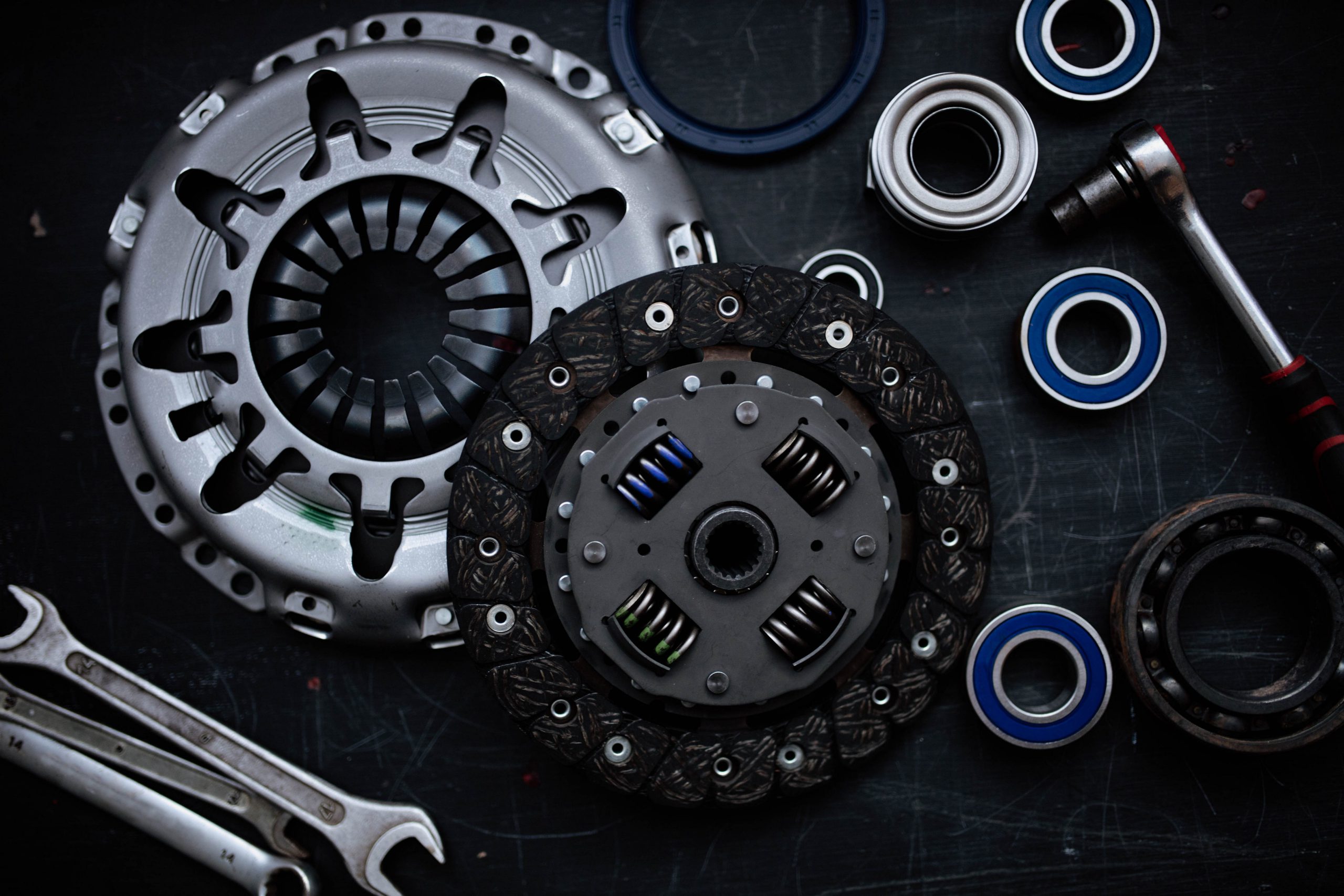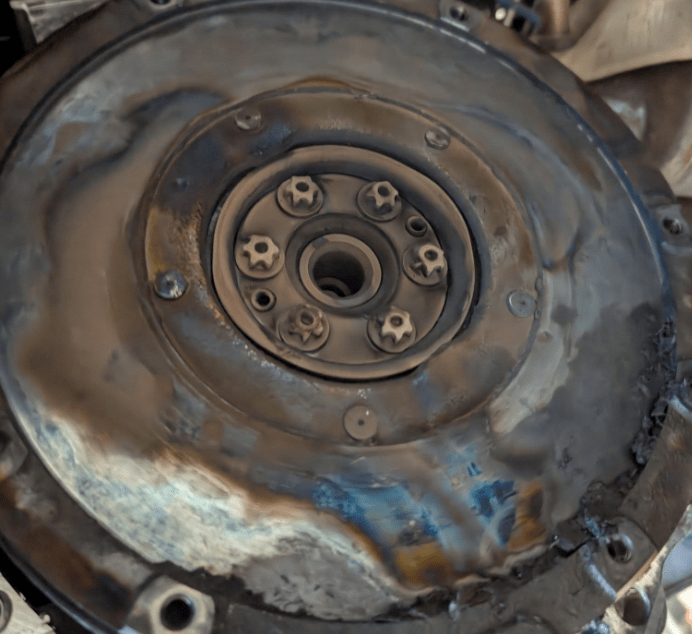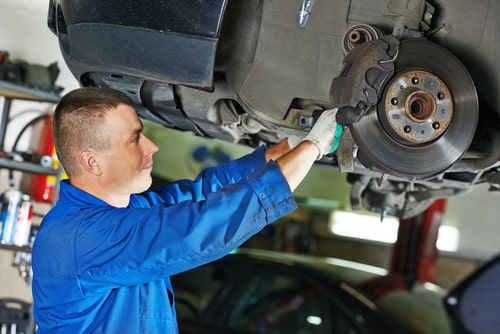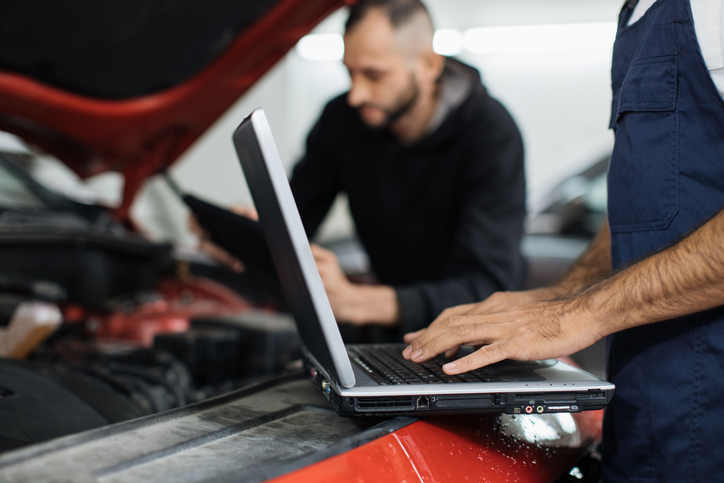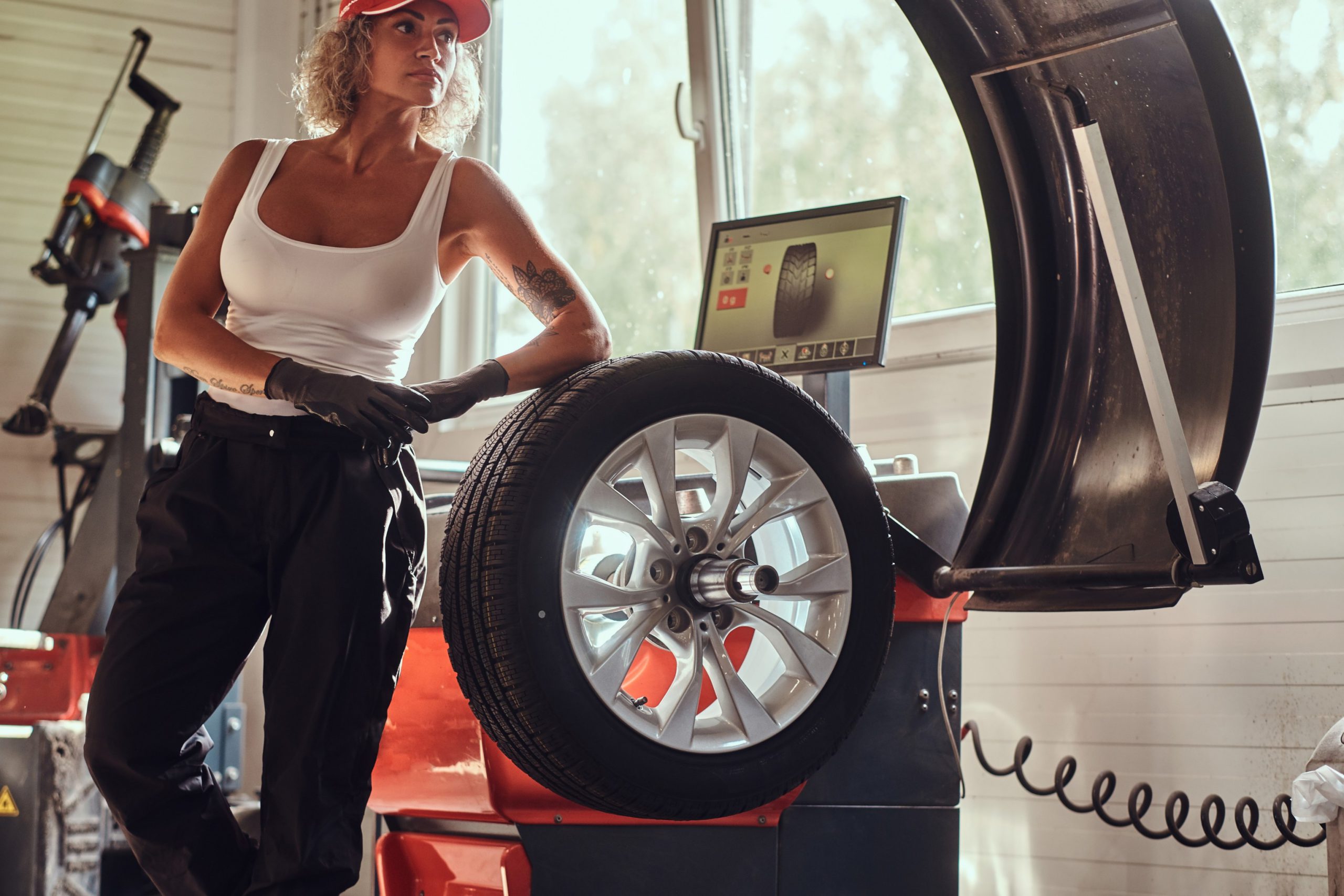One of the most common questions we get at Oxbys Autos is:
“How long should my clutch last?”
The answer isn’t one-size-fits-all—but with the right driving habits and maintenance, many clutches can last 60,000 to 100,000 miles. That said, some may wear out much sooner (or last even longer), depending on a few key factors.
Here’s what affects your clutch’s lifespan—and how you can get the most out of it.
⚙️ 1. Driving Habits
The way you drive is one of the biggest influences on clutch wear. Some habits that shorten clutch life include:
- Riding the clutch: Keeping your foot partially on the pedal, especially in traffic or at lights
- Holding on hills using the clutch instead of the handbrake
- Aggressive gear changes
- Slipping the clutch during take-off or low-speed manoeuvres
- Excessive slipping can cause flywheel wear
✅ Tip: Use the clutch only when you need it—fully in or fully out. Resting your foot on the pedal causes unnecessary wear.
🛻 2. Type of Driving
Clutches wear out faster in:
- City driving with stop-start traffic
- Hilly areas where more gear changes and clutch control are needed
- Towing or carrying heavy loads regularly
If you’re mostly driving long distances on motorways, your clutch may last longer thanks to fewer gear changes and smoother conditions.
🚙 3. Vehicle Type & Engine Power
High-performance or heavy-duty vehicles often wear through clutches more quickly, especially if:
- They have high torque engines
- You’ve modified the car for more power
- You use it for commercial or off-road driving
Smaller, lighter vehicles with modest engines tend to be easier on the clutch.
🔧 4. Clutch Quality
Not all clutches are created equal. A factory-installed (OEM) clutch will usually last longer than a cheap aftermarket replacement.
At Oxbys Autos, we only use reliable, high-quality clutch kits such as LUK, Sachs & Valeo designed to handle your vehicle’s performance and driving needs often these come with a good warranty up to 30,000 miles!
🛠️ 5. Maintenance & Inspection
Even though clutches aren’t usually part of routine servicing, keeping the rest of the drivetrain in good shape can make a difference.
For example:
- A worn flywheel can damage a new clutch
- Leaking clutch hydraulics can cause slipping
- Clutch cable or pedal issues can create extra stress on the system
- A worn crank seal can also contaminate your clutch
✅ We always check for these issues during a clutch service or replacement to prevent early failure, if we see signs of contamination we will always recommend to resolve the leak or the issue will come back.
🧰 When to Replace Your Clutch
Signs your clutch may be on its way out:
- Slipping under acceleration
- Difficulty changing gears
- High clutch bite point
- Spongy or stiff clutch pedal
- Burning smell from the engine bay
- Flywheel vibrations
If you notice any of these, it’s best to get it looked at before more damage is done.
🚗 How Oxbys Autos Can Help
Whether your clutch is starting to show signs of wear or you’re not sure what’s going on, our experienced technicians will:
- Inspect the clutch and related components
- Give you a clear diagnosis
- Only recommend a replacement if you really need it
We believe in honest, no-pressure service, and we’ll help you make the right decision for your car—and your wallet.
Think your clutch might be worn out?
📍 Visit Oxbys Autos or book a clutch inspection today.

